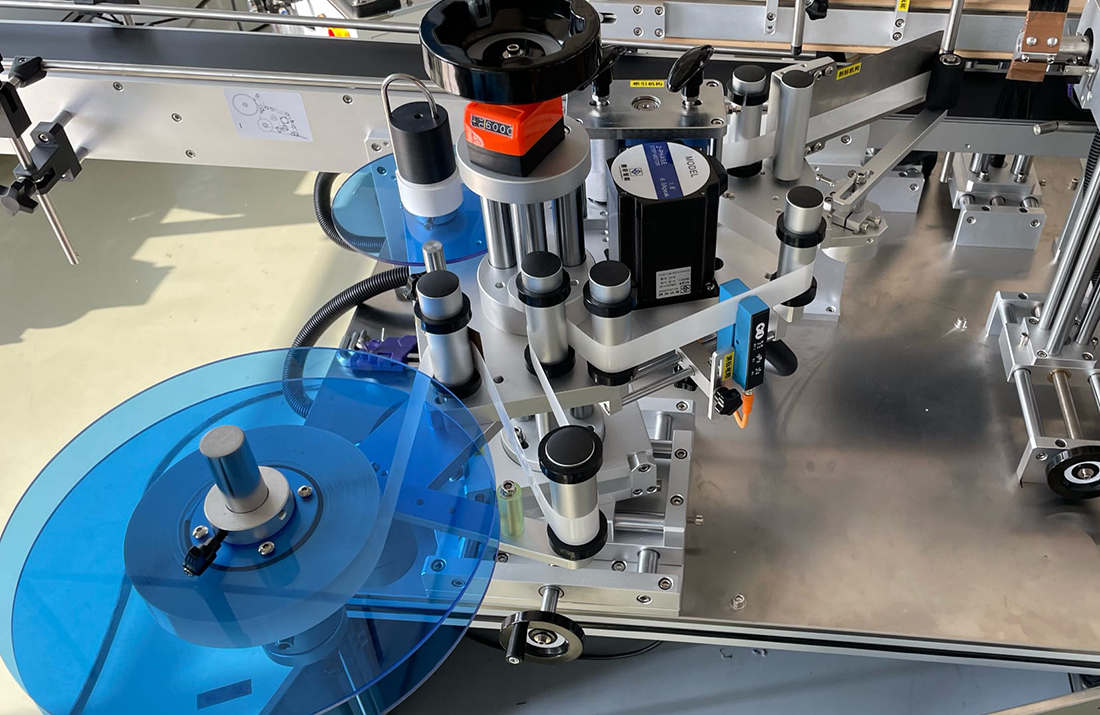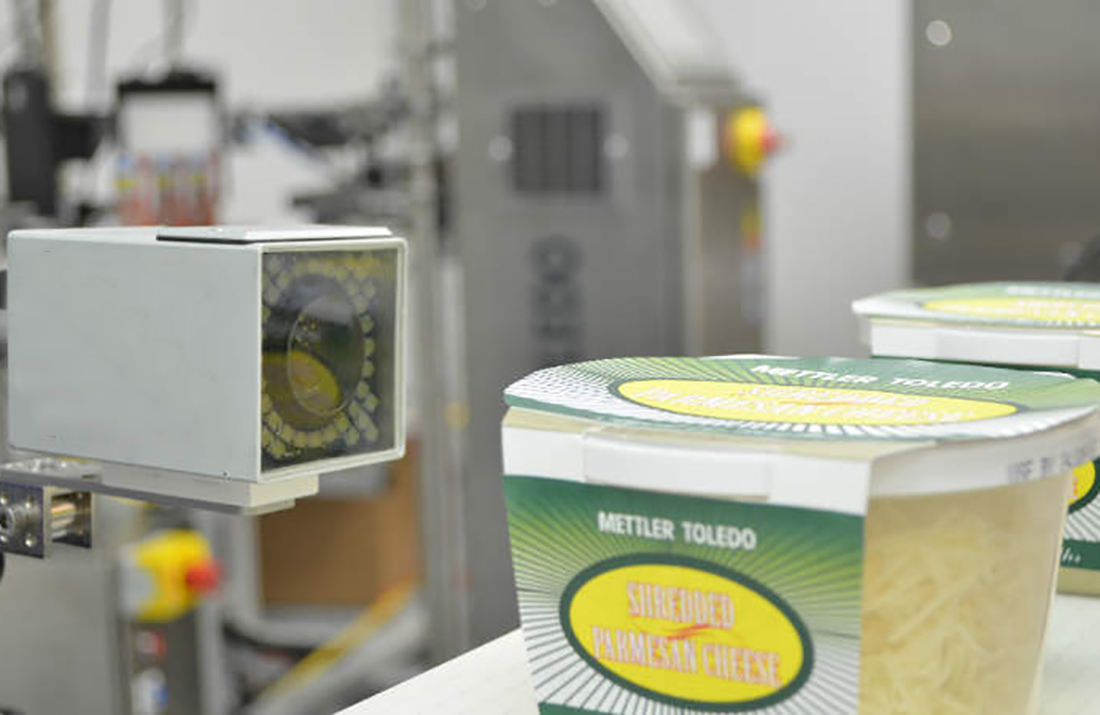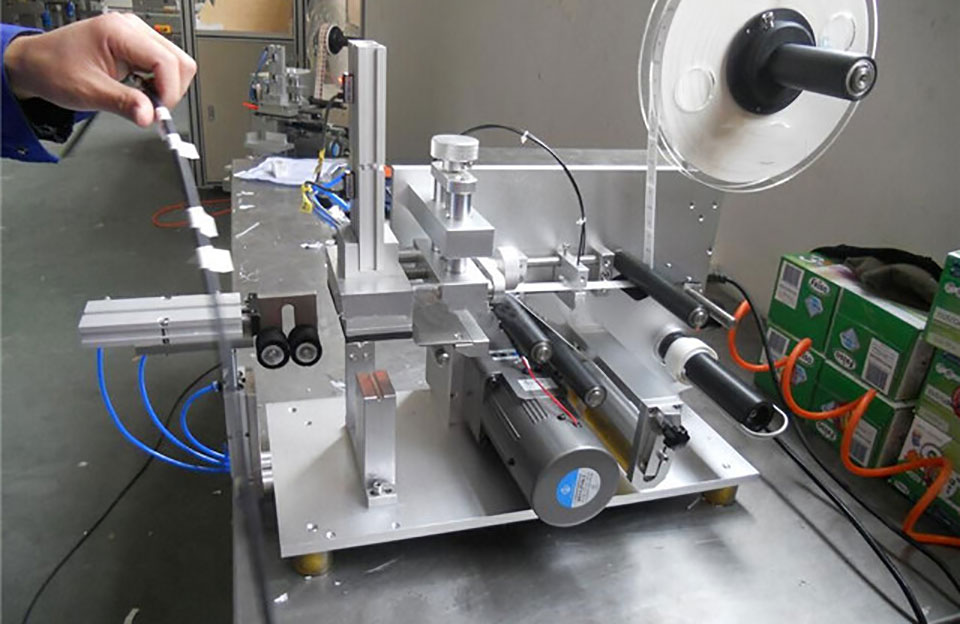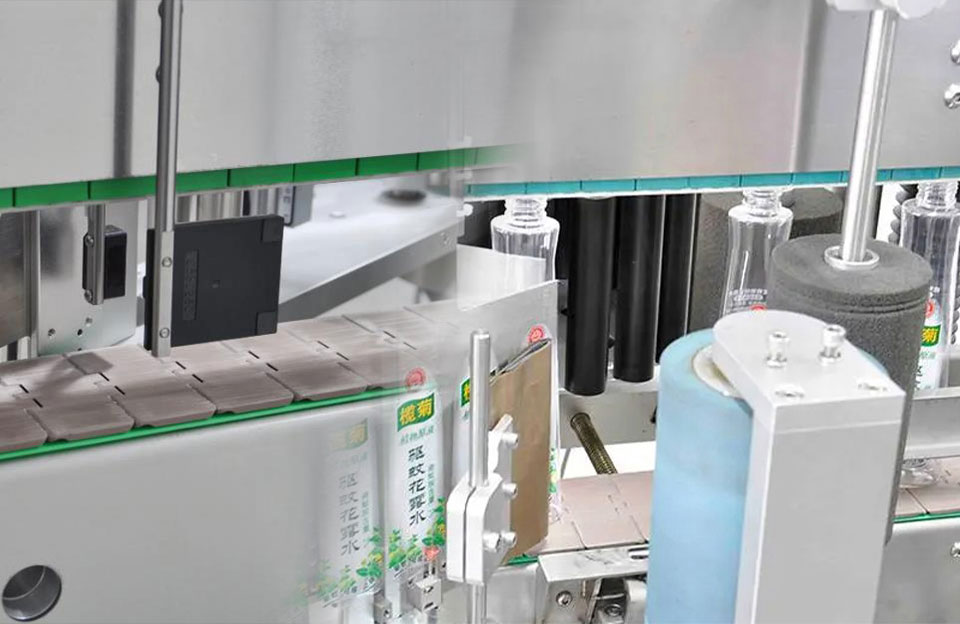The electrical system plays a pivotal role in the operation and functionality of labeling machines. Labeling machines are widely used in various industries for automating the process of applying labels to products, packages, or containers. The electrical system is responsible for controlling and coordinating the different components of the machine to ensure accurate, efficient, and reliable labeling.
Main Components of the Electrical System in Labeling Machines
The electrical system in labeling machines consists of several key components that work together to control, monitor, and ensure the accurate application of labels. These components enable the machine to function smoothly and efficiently. Here are the main components of the electrical system in labeling machines:
Controller (PLC or Microcontroller):
- The central control unit that manages the overall operation of the labeling machine.
- Executes programmed instructions to control various components based on sensor input and user commands.
- Monitors system status, error conditions, and safety interlocks.
Sensors:
- Optical sensors: Detect label presence, positioning, and orientation on products.
- Proximity sensors: Detect the presence of products or containers for accurate label placement.
- Encoder sensors: Monitor the movement and speed of conveyor belts or product handling mechanisms.
- Pressure sensors: Ensure proper contact between labels and products during application.
Actuators:
- Electric motors: Drive the label dispensing mechanism, conveyor belts, and other moving parts.
- Pneumatic cylinders: Control label peeling and application actions.
- Solenoids: Activate valves and other components in pneumatic systems.
Label Dispensing Mechanism:
- A mechanism that feeds, peels, and places labels onto products or containers.
- Controlled by the electrical system to ensure precise label positioning and application.

Label Dispensing Mechanism
Human-Machine Interface (HMI):
- Touchscreen panel or interface that allows operators to interact with and control the machine.
- Enables setting parameters, selecting label types, monitoring operations, and addressing issues.
Communication Interfaces:
- Ethernet, USB, serial ports, or wireless communication modules for data exchange with external systems, such as production lines, databases, or central control systems.
Safety Components:
- Emergency stop buttons: Instantly halt machine operation in case of emergencies.
- Safety interlocks: Ensure certain actions can only occur when specific conditions are met.
- Light curtains: Detect the presence of personnel near hazardous areas, pausing the machine when necessary.
Power Distribution System:
- Manages the distribution of electrical power to various components within the machine.
- Circuit breakers, fuses, and relays to protect against overloads and short circuits.
Logic and Programming:
- Software programming that defines the machine’s behavior, sequences, and responses.
- Determines actions based on sensor inputs, user commands, and predefined logic.
Data Logging and Storage:
- Records operational data such as label counts, production speed, and error rates.
- May include storage capabilities for historical data analysis and process optimization.
Feedback Systems:
- Monitors and provides feedback on various parameters, allowing the controller to adjust machine actions for optimal performance.
Power Supply Unit:
- Provides the necessary electrical power for all electrical system components to function.
These components work harmoniously to enable the labeling machine to accurately apply labels to products or containers in a controlled and efficient manner. The electrical system’s integration of these components is essential for achieving consistent and high-quality label application in various industrial settings.
Safety Requirements for Electrical System during Operation
Ensuring the electrical system’s safety during the operation of labeling machines is paramount to protect both operators and the machinery itself. Labeling machines often involve moving parts, high-speed processes, and potential hazards, so adhering to safety requirements is crucial. Here are some key safety requirements for the electrical system during operation:
- Emergency Stop System: Implement an easily accessible emergency stop button or switch that immediately halts all machine operations when pressed. Ensure that activating the emergency stop system will override all automated processes and power sources.
- Safety Interlocks: Use safety interlocks to prevent certain actions or movements when specific conditions are unmet. For instance, the labeling process should only initiate when all safety gates and covers are closed and locked.
- Operator Training: Provide thorough training to operators on the correct machine usage, including safety procedures and emergency shutdown protocols. Ensure operators understand the risks associated with the machine’s electrical and mechanical components.
- Safety Signage: Clearly label emergency stop buttons, hazardous areas, and other safety-related features with appropriate signage and symbols.
- Electrical Isolation: Design the machine with proper electrical isolation mechanisms, such as circuit breakers and isolators, to disconnect power during maintenance or troubleshooting.
- Grounding and Bonding: Ensure the machine is properly grounded to prevent electrical shocks and dissipate static charges. Implement binding measures to ensure consistent grounding throughout the system.
- Overload Protection: Install appropriate fuses, circuit breakers, and overload protection devices to prevent electrical components from overheating or malfunctioning.
- Electrical Enclosures: Enclose all electrical components in protective enclosures to prevent accidental contact with operators or foreign objects. Use enclosures that meet relevant safety standards and guidelines.
- Light Curtains and Presence Sensing Devices: Implement light curtains or presence sensing devices around hazardous areas to detect the presence of personnel and halt machine operation if necessary.
- Lockout/Tagout Procedures: Develop lockout/tagout procedures to ensure machines are safely powered down and locked out during maintenance or servicing activities.
- Regular Inspection and Maintenance: Establish a routine inspection and maintenance schedule for the electrical system to promptly identify and address potential safety issues.
- Wire Management and Cable Routing: Properly route and secure cables and wires to prevent tripping hazards, entanglements, and damage to electrical connections.
- Safety Standards Compliance: Ensure the labeling machine’s electrical system complies with relevant safety standards and regulations applicable to the industry and region.
- Emergency Response Plan: Develop an emergency response plan that outlines procedures to follow in case of accidents, electrical failures, or other safety incidents.
Future Development Direction of Labeling Machine Electrical System
Advancements in automation, connectivity, data analytics, and safety will likely drive the future development direction of labeling machine electrical systems. As technology continues to evolve, the electrical systems of labeling machines will play a pivotal role in achieving higher efficiency, accuracy, and adaptability. Here are some potential development directions for labeling machine electrical systems:
- Industry 4.0 Integration: Labeling machines will become more integrated with Industry 4.0 concepts, allowing them to communicate and collaborate seamlessly with other machines and systems in the production line. IoT (Internet of Things) connectivity will enable real-time monitoring, remote management, and predictive maintenance for enhanced overall efficiency.
- Smart Manufacturing and AI: Artificial intelligence (AI) algorithms can be integrated into the electrical system to optimize labeling processes, predict and prevent errors, and adapt to changing product requirements. Machine learning can analyze data to fine-tune label application accuracy, speed, and quality based on historical performance.
- Automated Changeovers: Electrical systems will support quick and automated changeovers between different label sizes, formats, and products, reducing downtime and manual adjustments. The electrical system can save and recall machine settings, parameters, and configurations easily.
- Vision Systems and Image Processing: Advanced vision systems can be integrated into the electrical system to inspect labels, verify print quality, and ensure correct label placement in real-time. Image processing algorithms can identify defects, inconsistencies, or incorrect labels, triggering immediate corrective actions.

Vision System - Predictive Maintenance: The electrical system can monitor component health, temperature, vibration, and other indicators to predict maintenance needs and schedule downtime for maintenance before critical failures occur.
- Enhanced Human-Machine Interface (HMI): HMIs will become more intuitive and interactive, offering augmented reality (AR) displays, touchless controls, and user-friendly interfaces for operators and maintenance personnel.
- Energy Efficiency: Energy management features within the electrical system will optimize power usage, minimize wastage, and reduce the machine’s environmental footprint.
- Cybersecurity Measures: As connectivity increases, robust cybersecurity measures will be integrated into the electrical system to protect against cyber threats and unauthorized access.
- Remote Diagnostics and Support: Remote diagnostics capabilities will allow technicians to troubleshoot and resolve issues remotely, minimizing downtime and increasing operational efficiency.
- Flexible Production: The electrical system will facilitate easy integration with different production line setups, enabling versatile labeling applications and supporting customizable production runs.
- Machine-to-Machine Communication: Labeling machines will communicate directly with other machines in the production line to optimize material flow, synchronize processes, and prevent bottlenecks.
- Regulatory Compliance: The electrical system will include features that ensure compliance with evolving safety standards, regulations, and quality control requirements.
Conclusion
The electrical system forms the backbone of a labeling machine’s functionality, ensuring accurate label application, efficient production processes, and reliable performance. Its integration with various components and technologies is essential for meeting the demands of modern manufacturing and packaging operations.


